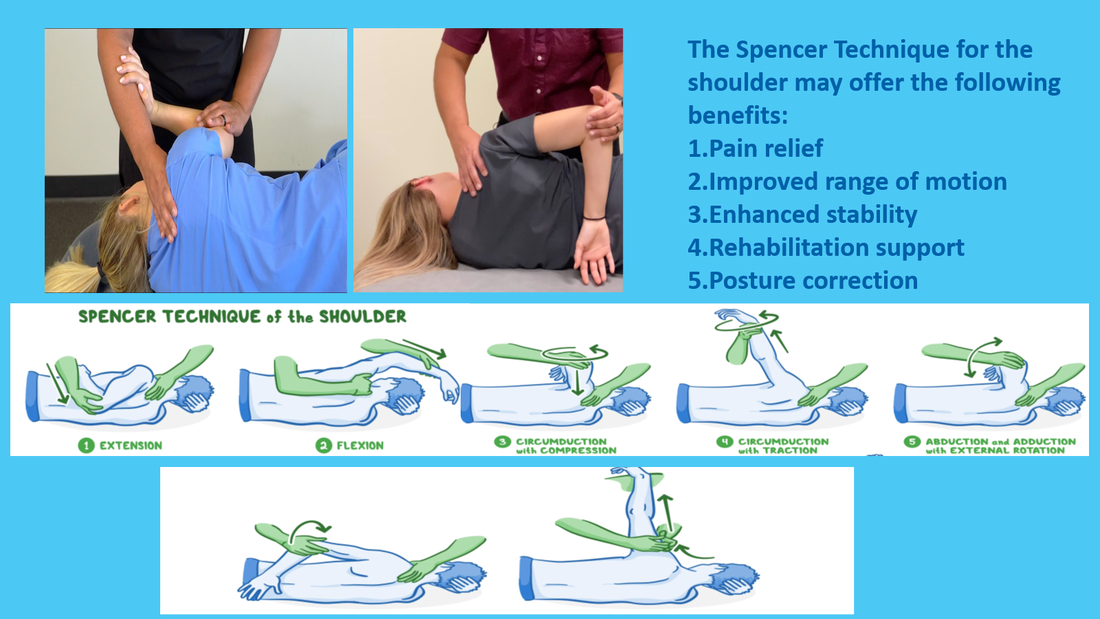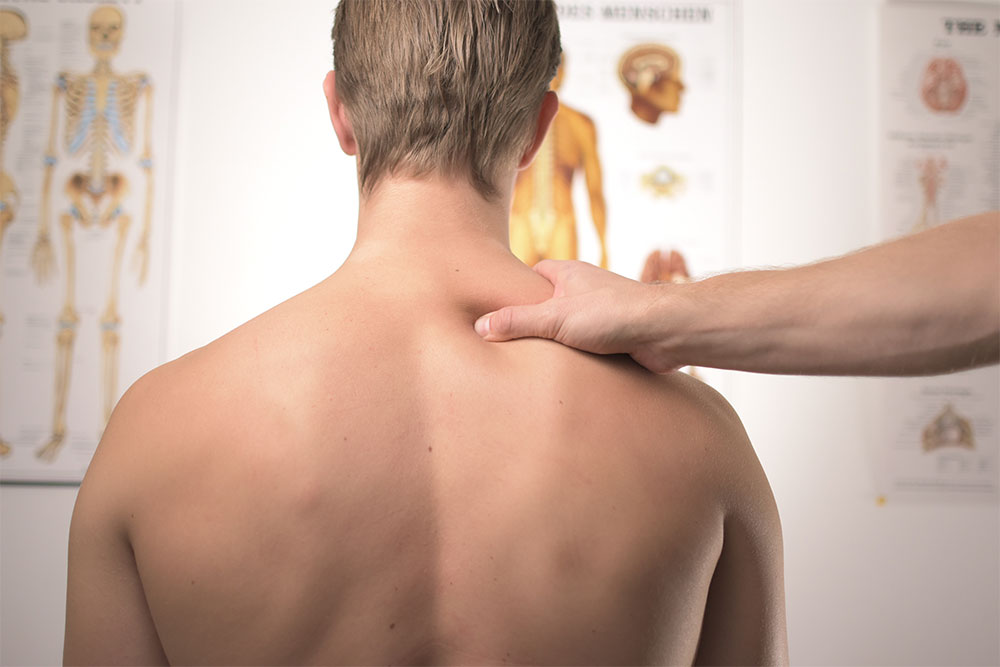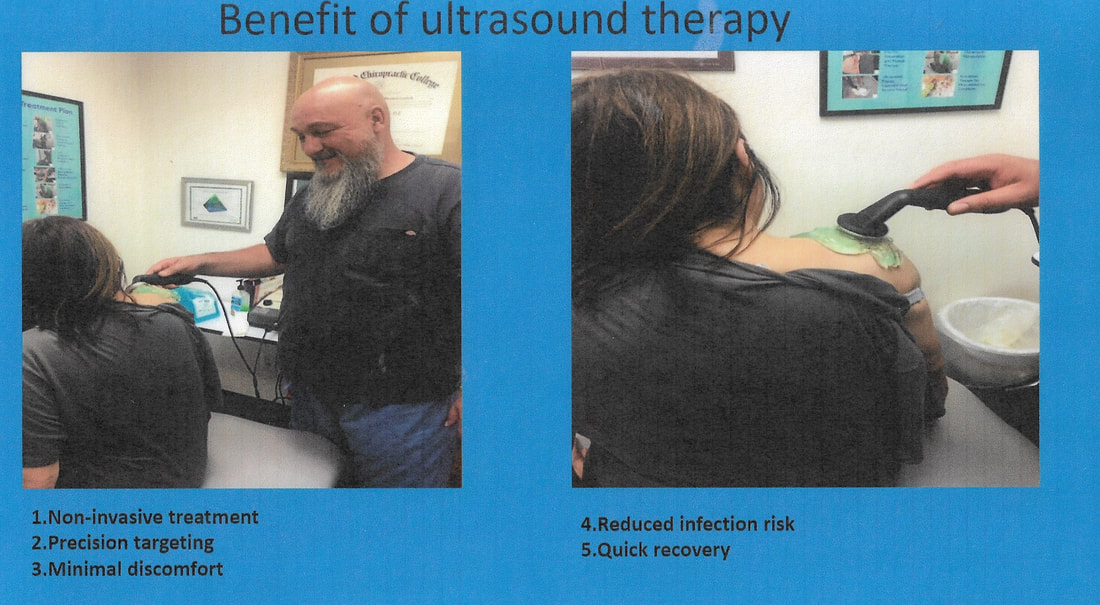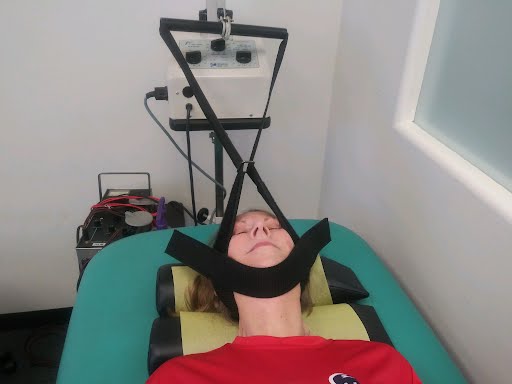Shoulder injuries and conditions can significantly impact daily life, limiting mobility and causing pain. Comprehensive rehabilitation is essential for restoring function and reducing discomfort. A multimodal approach that combines various therapies, including chiropractic care, the Spencer technique, contrastrain facilitation release technique, joint mobilization, ultrasound therapy, electric therapy, heat therapy, and cupping, can offer significant benefits in managing shoulder issues. Let's explore how each of these modalities contributes to shoulder rehabilitation:Joint Mobilization: Gentle, controlled movements of the shoulder joint help improve joint mobility, reduce stiffness, and alleviate pain. This technique can significantly improve shoulder function and range of motion. Spencer Technique: The Spencer technique is a form of manual therapy that involves gentle manipulation of the soft tissues around the shoulder joint. This technique helps improve shoulder mobility, reduce pain, and restore normal function. It can be particularly effective in breaking up scar tissue and adhesions. Contrastrain Facilitation Release Technique: This gentle manual therapy approach involves finding and releasing tender points in the muscles and fascia. It helps reduce muscle tension and improve range of motion in the shoulder joint, aiding in mobility and pain reduction. Ultrasound Therapy: High-frequency sound waves penetrate deep into the tissues, reducing inflammation, increasing blood flow, and promoting tissue healing. Ultrasound therapy can relieve pain and stiffness, making it easier to perform other therapeutic exercises. Electric Therapy: Transcutaneous electrical nerve stimulation delivers low-level electrical currents to stimulate nerves and muscles. It can reduce pain, improve muscle function, and reduce muscle spasms, common symptoms in shoulder injuries.  Harnessing Cupping Therapy and Electric Therapy for Enhanced Healing Cupping Therapy: Combining cupping therapy and electric therapy can offer unique benefits for pain management, muscle relaxation, improved circulation, and enhanced healing. Cupping therapy increases blood flow and reduces inflammation, while electric therapy disrupts pain signals and promotes muscle function. Together, they provide comprehensive relief for conditions like muscle strains, arthritis, and tendonitis. This combination is particularly beneficial for athletes and those recovering from injuries. Consult your chiropractor for personalized advice. Heat Therapy: Applying heat helps relax muscles, improve blood circulation, and reduce pain and stiffness in the shoulder. Heat therapy can enhance the effectiveness of other treatments and make the shoulder more receptive to therapy. Combined Benefits: Combining these therapies offers a synergistic effect, significantly improving outcomes for shoulder rehabilitation. The Spencer technique and contrastrain facilitation release technique target soft tissue restrictions and muscle tension. Joint mobilization restores normal joint function, enhancing treatment with ultrasound, electric therapy, heat therapy, and cupping. Ultrasound therapy reduces inflammation and promotes healing, while electric therapy manages pain and improves muscle function. Heat therapy and cupping therapy enhance blood flow and tissue flexibility, making the shoulder more responsive to treatment. Joint Mobilization: Joint mobilization involves gentle, controlled movements of the neck joints by a trained therapist. This technique can help improve joint mobility, reduce stiffness, and alleviate pain in the neck. Traction: Traction therapy involves stretching the neck to relieve pressure on the spine and reduce compression of the nerves. Traction can help improve neck alignment and reduce pain and stiffness. Conclusion:
A multimodal approach that combines the Spencer technique, contrastrain facilitation release technique, joint mobilization, ultrasound therapy, electric therapy, heat therapy, and cupping can offer significant benefits in shoulder rehabilitation. This comprehensive treatment approach addresses underlying issues, promotes healing, and improves shoulder function. If you're experiencing shoulder issues, consult with a your Chiropractor to determine the most suitable combination of therapies for your needs.
0 Comments
Leave a Reply. |
New Patient SpecialArchives
July 2024
Categories |





 RSS Feed
RSS Feed
